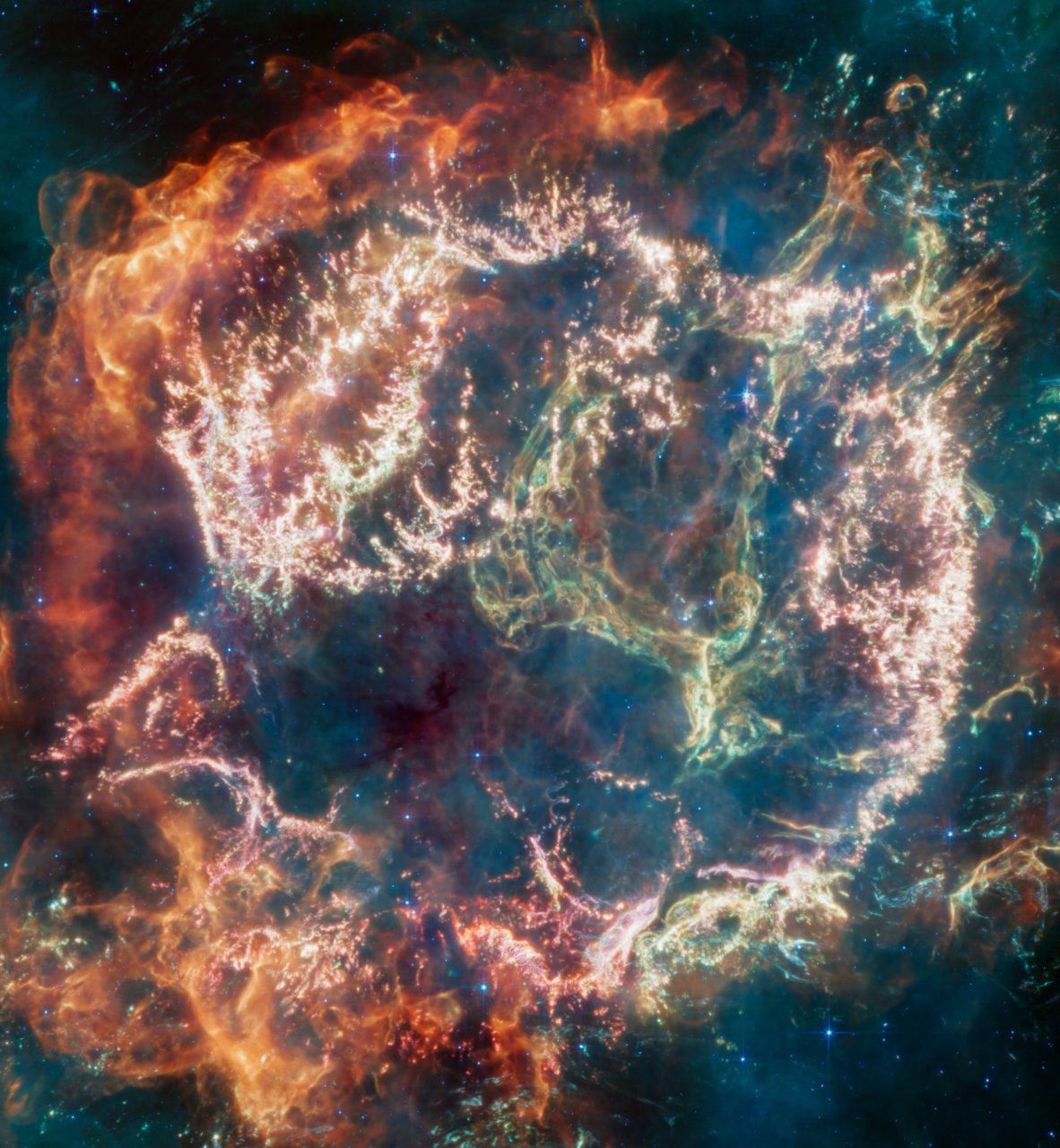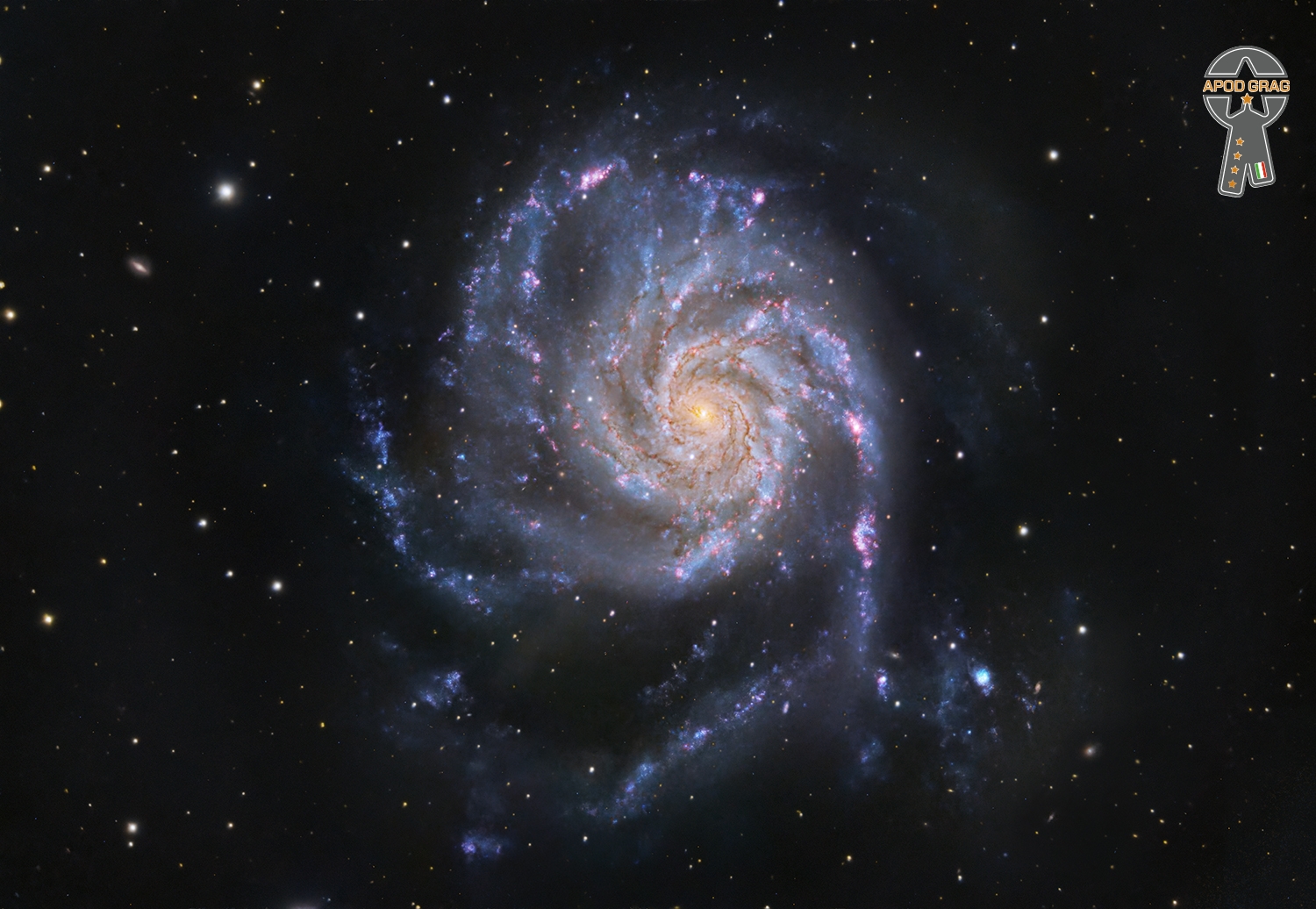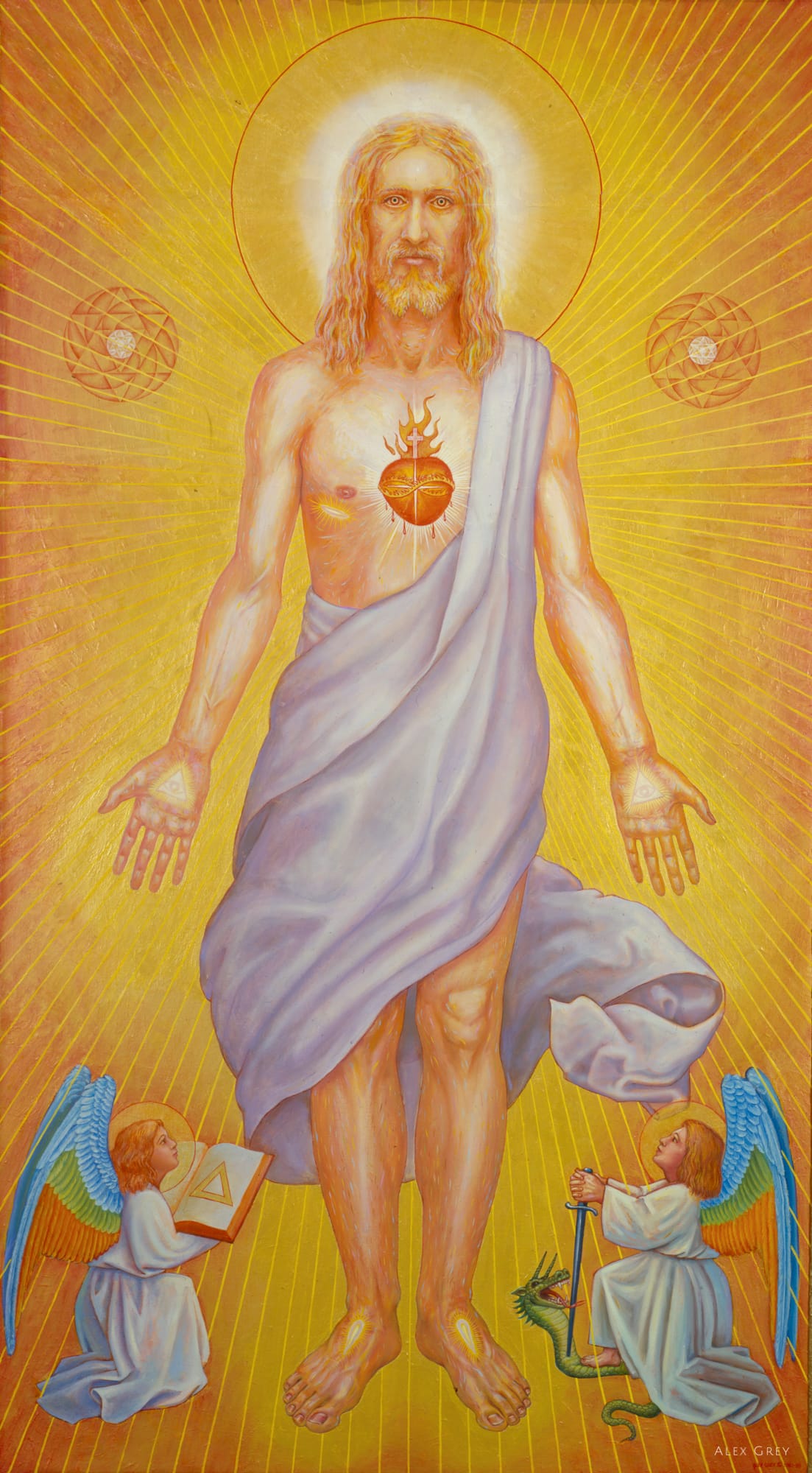Blog
Johnny Dodds (; April 12, 1892 – August 8, 1940) was an American jazz clarinetist and alto saxophonist based in New Orleans, best known for his recordings under his own name and with bands such as those of Joe “King” Oliver, Jelly Roll Morton, Lovie Austin and Louis Armstrong. Dodds was the older brother of the drummer Warren “Baby” Dodds, one of the first important jazz drummers. They worked together in the New Orleans Bootblacks in 1926. Dodds is an important figure in jazz history. He was the premier clarinetist of his era and, in recognition of his artistic contributions, he was posthumously inducted into the Jazz Hall of Fame. He has been described as “a prime architect in the creation of the Jazz Age.”
Dodds was born in Waveland, Mississippi. His childhood environment was a musical one. His father and uncle were violinists, his sister played a melodeon, and in adolescence Johnny sang high tenor in the family quartet. According to legend, his instrumental skill began with a toy flute which had been purchased for his brother, Warren “Baby” Dodds. He was known for his serious and reserved manner as well as his “funky blues playing,” which earned him the nickname “toilet.
more...Theodore Roosevelt “Hound Dog” Taylor (April 12, 1915 – December 17, 1975) was a Chicago bluesguitarist and singer.
Taylor was born in Natchez, Mississippi, in 1915, though some sources say 1917. He first played the piano and began playing the guitar when he was 20. He moved to Chicago in 1942.
Taylor had a condition known as polydactylism, which resulted in him having six fingers on both hands. As is usual with the condition, the extra digits were rudimentary nubbins and could not be moved. One night, while drunk, he cut off the extra digit on his right hand using a straight razor.
He became a full-time musician around 1957, but remained unknown outside the Chicago area, where he played small clubs in black neighborhoods and at the open-air Maxwell Street Market. He was known for his electrified slide guitar playing (roughly styled after that of Elmore James), his cheap Japanese Teiscoguitars, and his raucous boogie beats. In 1967, Taylor toured Europe with the American Folk Blues Festival, performing with Little Walter and Koko Taylor.
https://www.youtube.com/watch?v=8ueJQiwaVoA
more...Will Wampach Day
William Wampach (April 11 1951) Born St Cloud, MN. Mostly know as a Electric Guitarist also a songwriter, painter, sculptor and artist. Growing up in Brooklyn Center, Mn. Will worked with bands like Blackbone, Angry Souls, The Mystic Evolution, CCLC. Later Will delved into Calypso and Reggae with Lloyd Cordner in Macumba, later working with Peter Nelson in Shangoya touring Trinidad. Will then became guitarist in the Maroons a Minneapolis based premier Rock Steady/Reggae group blending R&B, Rock and Human Rights issues.
Cassiopeia A (Cas A) is a supernova remnant located about 11,000 light-years from Earth in the constellation Cassiopeia. It spans approximately 10 light-years. This new image uses data from the James Webb Space Telescope’s Mid-Infrared Instrument (MIRI) to reveal Cas A in a new light. “Cas A represents our best opportunity to look at the debris field of an exploded star and run a kind of stellar autopsy to understand what type of star was there beforehand and how that star exploded,” Danny Milisavljevic of Purdue University in Indiana, principal investigator of the Webb program that captured the new observations, said in a NASA statement on Friday (April 7 2023).

more...
John Levy (April 11, 1912 – January 20, 2012) was an American jazz double-bassist and businessman.
Levy was born in New Orleans, Louisiana. In 1944, he left his family home in Chicago, Illinois, and moved to New York City where he played bass for such jazz musicians as Ben Webster, Erroll Garner, Milt Jackson, and Billie Holiday. In 1949, he became the bassist in the original George Shearing Quintet, where he also acted as Shearing’s road manager. In 1951, Levy opened John Levy Enterprises, Inc., becoming the first African-American personal manager in the pop or jazz music field. By the 1960s, Levy’s client roster included Shearing, Nancy Wilson, Cannonball Adderley, Joe Williams, Shirley Horn, Soul singer Jimmie Raye, and Ramsey Lewis.
In 1997, Levy was inducted into the International Jazz Hall of Fame, and in 2006 he was named a Jazz Master by the National Endowment for the Arts.
He died on January 20, 2012, aged 99, in Altadena, California.
more...b. 11 April 1913, Ellendale, Tennessee, USA, d. 22 August 1979, Chicago, Illinois, USA. Granderson left home when he was in his teens, moving to Chicago, Illinois, in 1928. Although not a professional musician, he did work with John Lee ‘Sonny Boy’ Williamson, among others. He turned to music full-time in the 60s and was featured as sideman and leader on many anthologies, although he never made a full album in his own right. Granderson sang and played guitar close to the style of the Memphis musicians of his youth. He stopped performing in public in 1975 and died of cancer in 1979.
more...Here we see JO204, a ‘jellyfish galaxy’ so named for the bright tendrils of gas that appear in this image to be drifting lazily below JO204’s bright central bulk. The galaxy lies almost 600 million light-years away in the constellation Sextans. This image was captured by the NASA/ESA Hubble Space Telescope, and it is the third of a series of Pictures of the Week featuring jellyfish galaxies. This series of images is possible thanks to a survey in which observations were made of six of these fascinating galaxies, including JO204. This survey was performed with the intention of better understanding star formation under extreme conditions. Given the dreamy appearance of this image, it would be understandable to wonder why jellyfish galaxies should be such a crucible for star formation. The answer is that — as is often the case with astronomy — first appearances can be deceiving. Whilst the delicate ribbons of gas beneath JO204 may look like floating jellyfish tentacles, they are in fact the outcome of an intense astronomical process known as ram pressure stripping. Ram pressure is a particular type of pressure exerted on a body when it moves relative to a fluid. An intuitive example is the sensation of pressure you experience when you are standing in an intense gust of wind — the wind is a moving fluid, and your body feels pressure from it. An extension of this analogy is that your body will remain whole and coherent, but the more loosely bound things — like your hair and your clothes — will flap in the wind. The same is true for jellyfish galaxies. They experience ram pressure because of their movement against the intergalactic medium that fills the spaces between galaxies in a galaxy cluster. The galaxies experience intense pressure from that movement, and as a result their more loosely bound gas is stripped away. This gas is mostly the colder and denser gas in the galaxy — gas which, when stirred and compressed by the ram pressure, collapses and forms new stars in the jellyfish’s beautiful tendrils.

more...
Joey DeFrancesco (April 10, 1971 – August 25, 2022) was an American jazz organist, trumpeter, saxophonist, and occasional singer. He released more than 30 albums under his own name, and recorded extensively as a sideman with such leading jazz performers as trumpeter Miles Davis, saxophonist Houston Person, and guitarist John McLaughlin.
DeFrancesco signed his first record deal at the age of 16 and over the years recorded and toured internationally with David Sanborn, Arturo Sandoval, Larry Coryell, Frank Wess, Benny Golson, James Moody, Steve Gadd, Danny Gatton, Elvin Jones, Jimmy Cobb, George Benson, Pat Martino, Tony Monaco, John Scofield, Lee Ritenour, Joe Lovano, and had prominent session work with a variety of musicians, including Ray Charles, Bette Midler, Janis Siegel, Diana Krall, Jimmy Smith, and Van Morrison.
DeFrancesco was born in Springfield, Pennsylvania, on April 10, 1971. He was born into a musical family that included three generations of jazz musicians. He was named after his grandfather, Joseph DeFrancesco, a jazz musician who played the saxophone and clarinet. His father, “Papa” John DeFrancesco, is an organist who played nationally and received the Oklahoma Jazz Hall of Fame‘s Living Legend Award in 2013.
more...Neville O’Riley Livingston OM OJ (10 April 1947 – 2 March 2021), known professionally as Bunny Wailer, was a Jamaican singer-songwriter and percussionist. He was an original member of reggaegroup The Wailers along with Bob Marley and Peter Tosh. A three-time Grammy Award winner, he is considered one of the longtime standard-bearers of reggae music. He was also known as Jah B,Bunny O’Riley, and Bunny Livingston.
Wailer was born Neville O’Riley Livingston on 10 April 1947 in Kingston. He spent his earliest years in the village of Nine Mile in Saint Ann Parish. It was there that he first met Bob Marley, and the two young boys befriended each other quickly. The boys both came from single-parent families; Livingston was brought up by his father, Marley by his mother. Later, Wailer’s father Thaddeus “Thaddy Shut” Livingston lived with Marley’s mother Cedella Booker in Trenchtown and had a daughter with her named Pearl Livingston. Peter Tosh had a son, Andrew Tosh, with Wailer’s sister Shirley, making Andrew his nephew.
Wailer had originally gone to audition for Leslie Kong at Beverley’s Records in 1962, around the same time his step-brother Bob Marley was cutting “Judge Not”. Wailer had intended to sing his first composition, “Pass It On”, which at the time was more ska-oriented. However, Wailer was late getting out of school and missed his audition. A few months later, in 1963, he formed “The Wailing Wailers” with Marley and friend Peter Tosh, and the short-term members Junior Braithwaite and Beverley Kelso.
https://www.youtube.com/watch?v=8K8rgI6Pxqk
more...Claude Bolling (10 April 1930 – 29 December 2020) was a French jazz pianist, composer, arranger, and occasional actor. He was born in Cannes, France, and studied at the Nice Conservatory, and then in Paris. A child prodigy, by the age of 14 he was playing jazz piano professionally, with Lionel Hampton, Roy Eldridge, and Kenny Clarke. Bolling’s books on jazz technique show that he did not delve far beyond bebop into much avant-garde jazz. He was a major part of the traditional jazz revival in the late 1960s, and he became friends with Oscar Peterson.
He wrote music for over one hundred films, including a 1957 documentary about the Cannes Film Festival, and films such as The Hands of Orlac (1960), World in My Pocket (1961), Me and the Forty Year Old Man (1965), Atlantic Wall (1970), Borsalino (1970), To Catch a Spy (1971), Le Magnifique (1973), Borsalino & Co. (1974), Flic Story (1975), The Passengers (1977), Silver Bears (1978), California Suite (1978), Jigsaw (L’Homme en colère) (1979), The Awakening (1980), Willie & Phil (1980), Three Men to Kill (1980), The Bay Boy (1984), He Died with His Eyes Open (1985), Try This One for Size (1989) and Chance or Coincidence (1998).
more...This stunning view of M101, also known as the Pinwheel galaxy, is one of the largest images Hubble has ever captured of a spiral galaxy. Assembled from 51 exposures taken during various studies over nearly ten years, this infrared and visible-light image measures 16,000 by 12,000 pixels. Ground-based images were used to fill in the portions of the galaxy that Hubble did not observe.
The giant spiral disk of stars, dust and gas is 170,000 light-years across — nearly twice the diameter of our galaxy, the Milky Way. M101 is estimated to contain at least one trillion stars. The galaxy’s spiral arms are sprinkled with large regions of star-forming nebulas. These nebulas are areas of intense star formation within giant molecular hydrogen clouds. Brilliant, young clusters of hot, blue, newborn stars trace out the spiral arms.
Pierre Méchain, one of Charles Messier’s colleagues, discovered the Pinwheel galaxy in 1781. Located 25 million light-years away from Earth in the constellation Ursa Major, M101 has an apparent magnitude of 7.9. It can be spotted through a small telescope and is most easily observed during April.

Carl Lee Perkins (April 9, 1932 – January 19, 1998) was an American guitarist, singer and songwriter. A rockabilly great and pioneer of rock and roll, he began his recording career at the Sun Studio, in Memphis, beginning in 1954. Among his best-known songs are “Blue Suede Shoes“, “Honey Don’t“, “Matchbox” and “Everybody’s Trying to Be My Baby“.
According to fellow musician Charlie Daniels, “Carl Perkins’ songs personified the rockabilly era, and Carl Perkins’ sound personifies the rockabilly sound more so than anybody involved in it, because he never changed.” Perkins’s songs were recorded by artists (and friends) as influential as Elvis Presley, the Beatles, Jimi Hendrix, Johnny Cash and Eric Clapton, which further established his prominent place in the history of popular music. Paul McCartney said “if there were no Carl Perkins, there would be no Beatles.”
Nicknamed the “King of Rockabilly“, Perkins was inducted into the Rock and Roll Hall of Fame, the Rockabilly Hall of Fame, the Memphis Music Hall of Fame, and the Nashville Songwriters Hall of Fame. He also received a Grammy Hall of Fame Award.
Carl Lee Perkins was born on April 9, 1932 in Tiptonville, Tennessee, the son of poor sharecroppers Louise and Buck Perkins (misspelled on his birth certificate as “Perkings”).
more...More Posts
- Jimmy McGriff
- Scott LaFaro
- World Music Trio Da Kali
- Daily Roots Lee Scratch Perry
- Rhythm Roots Workshop Tasks Unlimited
- Cosmo NGC 1893
- Emmylou Harris
- Marvin Gaye
- Leon Russell
- Larry Coryell
- Booker Little
- World Music Cumar Dhuule
- Daily Roots Dennis Brown
- Alien Spaceships Circling Earth
- Challenge to Change
- Cosmo NGC 4945
- Jorge López Ruiz
- Alberta Hunter
- Gilbert Scott-Heron
- Duke Jordan
